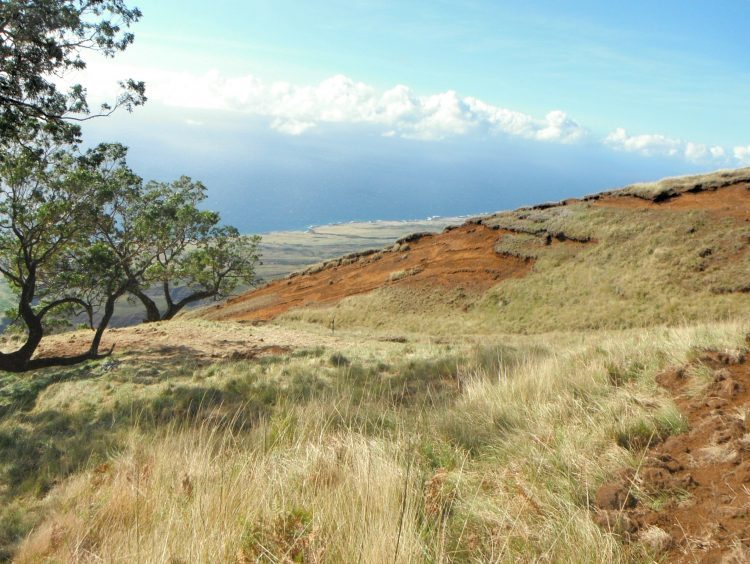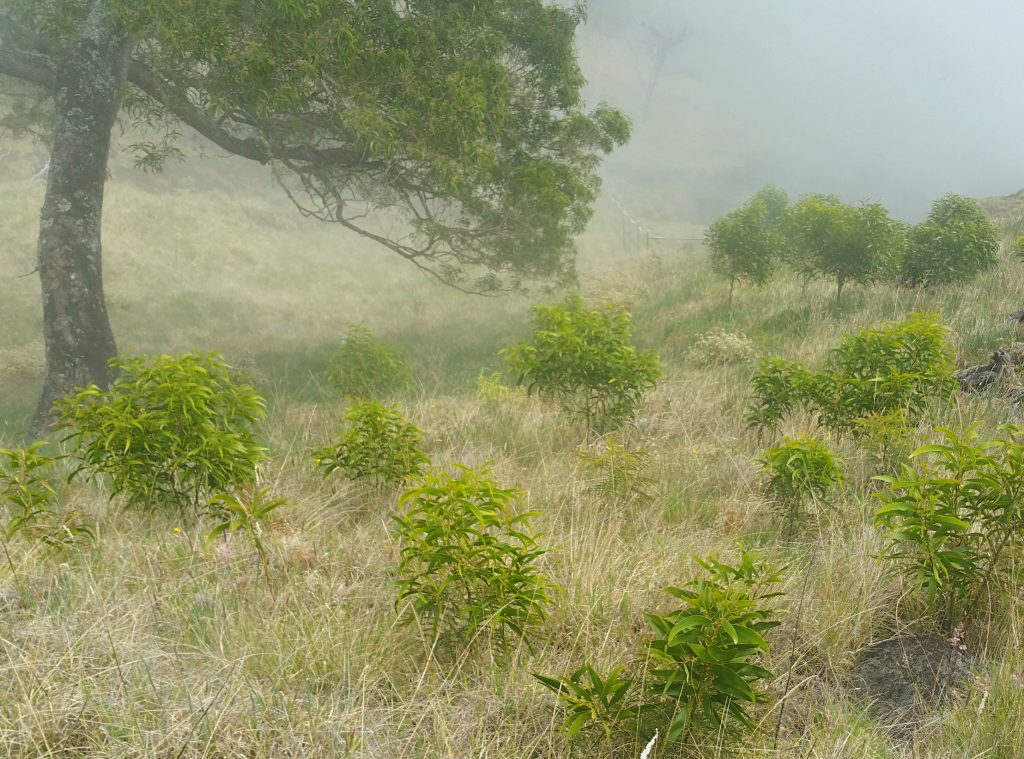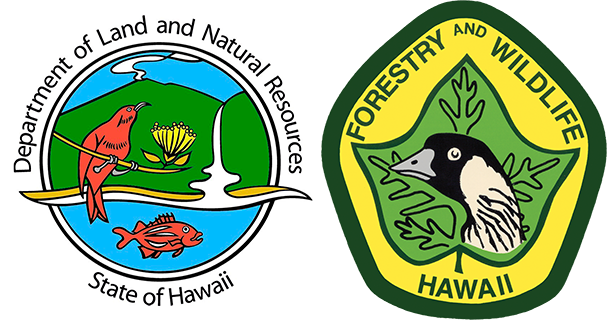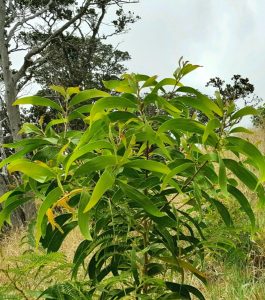Kahikinui/Nakula Forest Carbon Project

Vast alien grass lands ready to be reforested at the Kahikinui Forest Reserve, Maui.
The Kahikinui/Nakula Forest Carbon Project is a 4,700 acre area on the Leeward slopes of Haleakalā in East Maui. Reforestation will not only withdraw an estimated 94,000 metric tons of carbon from the atmosphere but will also protect Maui’s reefs from muddy runoff, increase freshwater supply recharge, re-establish habitat for a number of endangered species, and mitigate wildfire threats. Generating independently certified carbon offsets will provide the opportunity to offset the carbon footprint of businesses and individuals while directly supporting our forests to thrive.
Nature’s Benefits
|
History
The mauka region of this area was once dominated by a pristine, native forest of koa and ʻōhiʻa; an important habitat for the federally listed endemic Hawaiian Hoary bat and various endangered Hawaiian forest birds like ‘ākohekohe. Uncontrolled grazing largely eliminated the original native forest. On December 22, 1928, the Kahikinui Forest Reserve (FR) was established in the area and in 2011, a portion of the Forest Reserve was set aside as the Nakula Natural Area Reserve (NAR). Considerable restorative actions such as fencing installation and out-planting have been conducted by DOFAW and partners like the Maui Forest Bird Recovery Project and the Leeward Haleakalā Watershed Restoration Partnership (LHWRP).
Goal and Progress
DOFAW’s main goal is to restore the pristine native forest and its many co-benefits of the area. To date, DOFAW and partners have constructed 9.9 miles of ungulate proof fencing, removed 712 ungulates, created 50 acres of fuel breaks, and planted over 250,000 native seedlings. Current activities include continued planting of native seedlings in over 500 acres and is installing and maintaining over 7.3 miles of firebreaks throughout the area to protect against wildfires. Within both Kahikinui FR and Nakula NAR, DOFAW controls invasive weeds that would suppress the establishment of the native plants.

The beginning of a new koa (Acacia koa) forest

